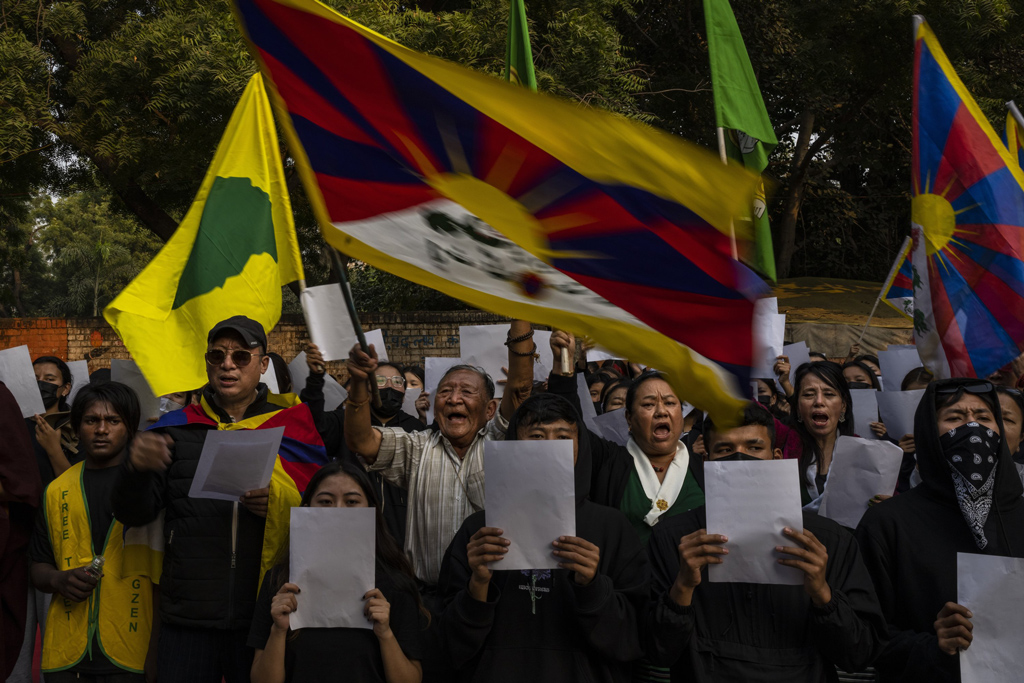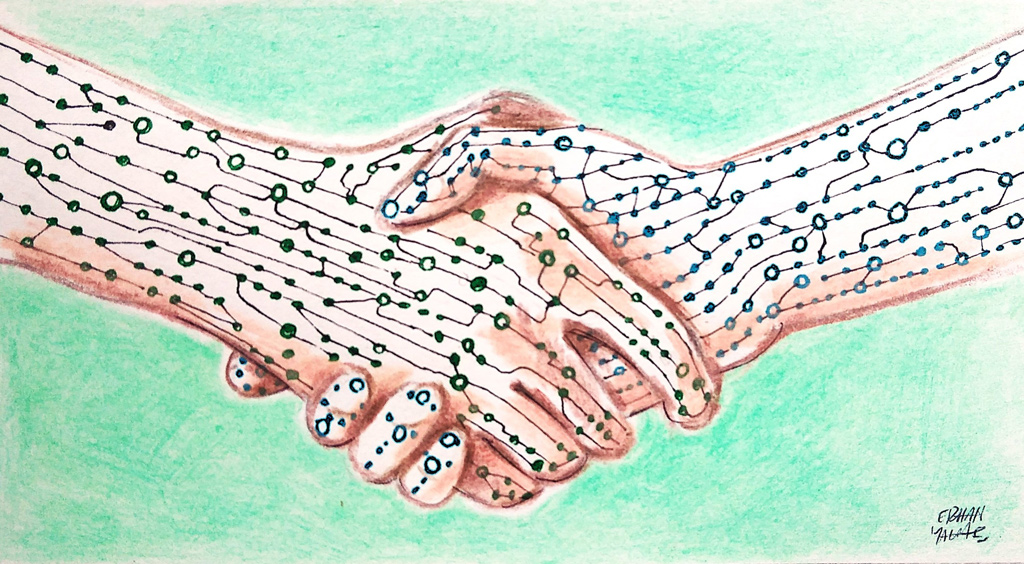Both countries were heavily controlled by British colonial rule throughout the 19th century. These two countries served the national interests of the British during this colonial period. Among others, they played a significant role in preventing the advance of the Japanese Empire to the rest of Asia during World War II. Thus, they directly contributed to the Allied Powers winning the war on the Pacific front.

China vs. India: Conflicting interests, competing claims
The People’s Republic of China and India are two Asian global powers in the non-Western part of the world, with their huge populations, fast-growing economies and distinct political cultures. The increasing diplomatic and economic influence of the two countries has increased the importance of Sino-Indian relations. They are the two potential countries that can greatly change the global balance of power. The question is whether they are partners or rivals. Today, I will try to answer this question briefly.
Share
The People’s Republic of China and India are two Asian global powers in the non-Western part of the world, with their huge populations, fast-growing economies and distinct political cultures. The increasing diplomatic and economic influence of the two countries has increased the importance of Sino-Indian relations. They are the two potential countries that can greatly change the global balance of power. The question is whether they are partners or rivals. Today, I will try to answer this question briefly.
The history of close cultural and economic relations between China and India dates back to ancient times. The two nations and civilizations peacefully coexisted until very recently. The historical Silk Road served as an important trade route between the two countries and stabilized relations between the two countries. However, the stable relations began to change in modern times when foreign powers started to intervene in the domestic affairs of the two countries.
However, bilateral relations were largely restructured after the Communist regime had controlled China in 1949 and when India gained its political independence in 1947. They followed different but similar paths during the Cold War. Both countries tried to resist the bipolar world system. China had waged proxy wars in different countries with the West but had ideological and political differences from the Soviet Union.
On the other hand, India led the establishment of the non-aligned movement, which rejected alignment with or against any superpower.
Furthermore, although India recognized communist China in 1950, the two states began to clash on certain issues. The most critical conflict was over the border dispute, which led to several small-scale wars between the two states in 1962, 1967 and 1987. With the end of the Cold War, they decided to freeze their problems, at least for a while.
Unfortunately, border disputes have come to the fore again in Sino-Indian relations since 2013. Border disputes between the two countries have not yet been resolved, and reports of Chinese soldiers entering Indian territory have appeared repeatedly in the Indian media. Both countries have increasingly deployed more military infrastructure in their border areas as border conflicts have escalated in recent years.
Tags »
Related Articles







